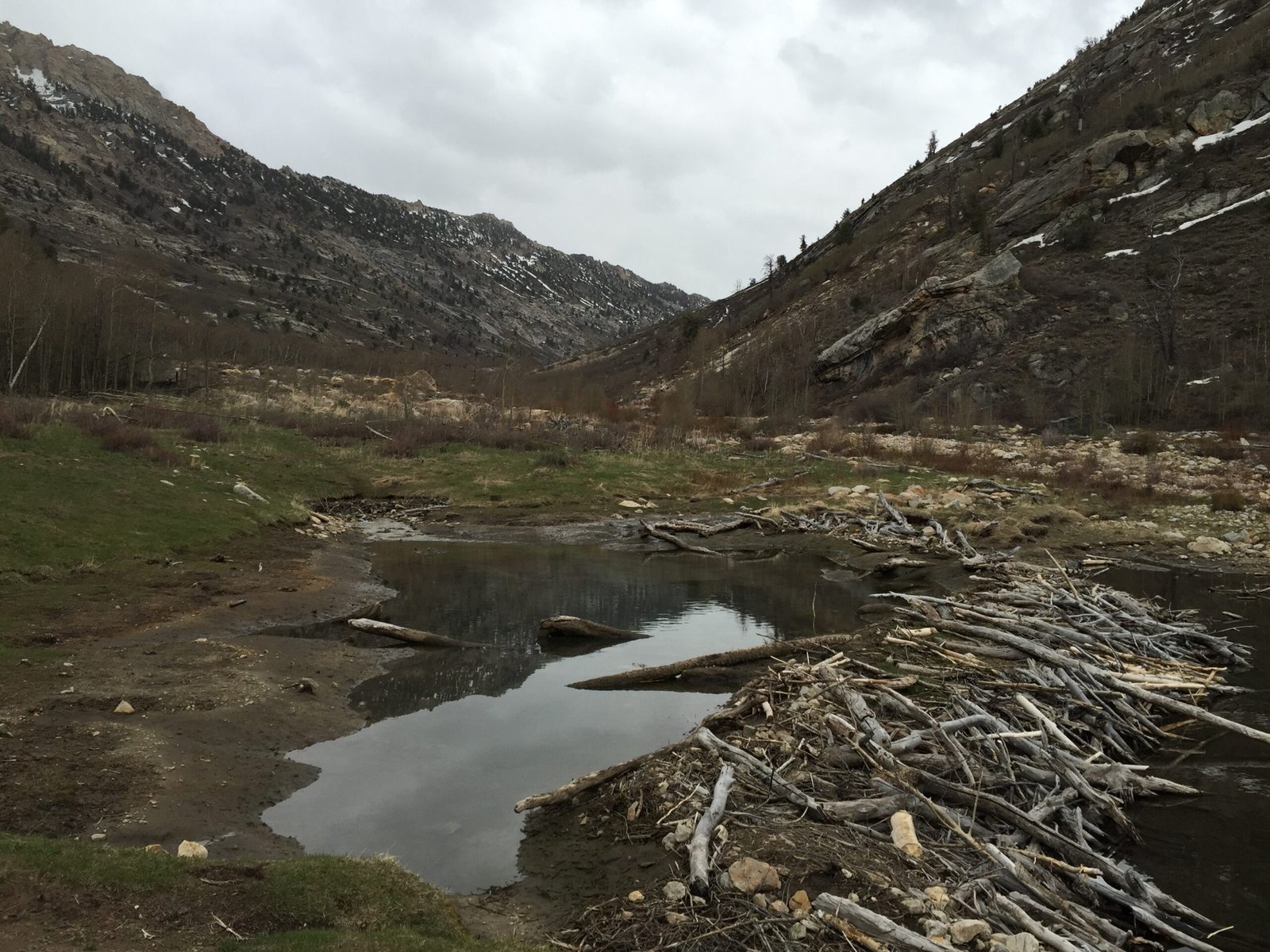In a world where nature’s architects are often overlooked, the beaver stands as a testament to the power of small creatures making monumental changes. Ever wondered how a creature as unassuming as the beaver could be celebrated with an international day? Prepare to be amazed. International Beaver Day, observed annually, shines a light on these industrious animals and their extraordinary ability to transform landscapes. With their sharp teeth and relentless work ethic, beavers have been shaping ecosystems for centuries. This article dives deep into the fascinating world of beavers, exploring how they alter rivers, create habitats, and support biodiversity.
The Remarkable Engineering Skills of Beavers

Beavers are often dubbed “nature’s engineers” due to their unparalleled ability to manipulate their environment. With their powerful jaws and sharp teeth, these creatures can fell trees and construct intricate dams. These dams are not just piles of wood; they are carefully crafted structures that alter the flow of rivers. By slowing down water, beavers create ponds that serve as habitats for a myriad of species. This engineering prowess is a marvel, showcasing how a single species can redefine entire ecosystems. Their work is so effective that it often surpasses human efforts in water management.
Beavers and Their Role in Flood Mitigation

It’s not just about building dams; beavers play a crucial role in flood control. By creating ponds and wetlands, they help to absorb excess water, reducing the risk of downstream flooding. This natural flood mitigation is invaluable, especially in areas prone to heavy rainfall. Beavers act as a natural buffer, ensuring that water is released gradually rather than in destructive torrents. Their presence can often mean the difference between a gentle stream and a raging flood, highlighting their importance in maintaining ecological balance.
The Impact of Beavers on Biodiversity
The ponds and wetlands created by beavers are hotspots of biodiversity. These areas provide essential habitats for a variety of species, from amphibians to birds and insects. The slow-moving waters offer breeding grounds for fish, while the surrounding vegetation supports a plethora of wildlife. Beavers essentially create ecosystems within ecosystems, promoting a rich tapestry of life. Their impact on biodiversity is profound, with studies showing that areas inhabited by beavers often have higher species diversity than those without.
Beavers as Forest Shapers
Beyond rivers, beavers also have a significant impact on forests. By felling trees, they open up the canopy, allowing sunlight to reach the forest floor. This increased light promotes the growth of diverse plant species, fostering a more varied and resilient forest ecosystem. The fallen trees also provide habitats for various creatures, from insects to small mammals. In essence, beavers act as forest gardeners, ensuring that forests remain dynamic and diverse.
Challenges Faced by Beavers
Despite their ecological importance, beavers face numerous challenges. Habitat destruction, climate change, and human-wildlife conflict threaten their populations. In some areas, beavers are seen as nuisances, leading to conflicts with landowners. However, understanding their role in ecosystem management can shift perceptions. Conservation efforts are crucial to ensure that beavers continue to thrive and perform their vital ecological functions.
The Economic Benefits of Beavers

While often overlooked, the economic benefits of beavers are significant. Their natural water management capabilities can save millions in flood mitigation costs. Additionally, the habitats they create support recreational activities like birdwatching and fishing, boosting local economies. By promoting healthy ecosystems, beavers contribute to sustainable economic development, proving that nature’s engineers offer more than just ecological benefits.
Beavers and Climate Change
In the face of climate change, beavers offer a glimmer of hope. Their ability to create wetlands plays a crucial role in carbon sequestration. Wetlands are known to store vast amounts of carbon, helping to mitigate the impacts of climate change. By maintaining these vital ecosystems, beavers contribute to the global effort to combat climate change, showcasing their importance in a rapidly changing world.
Beaver Conservation Efforts

Recognizing the importance of beavers, conservation efforts are underway globally. From reintroduction programs to habitat protection, various initiatives aim to support beaver populations. These efforts not only benefit beavers but also the broader ecosystems they support. By prioritizing beaver conservation, we take a step towards ensuring a healthier planet for future generations.
Celebrating International Beaver Day

International Beaver Day is more than just a celebration of a single species; it’s a recognition of the intricate web of life that beavers support. On this day, people are encouraged to learn about these incredible creatures and their role in ecosystem management. Educational programs, community events, and conservation activities highlight the importance of beavers, fostering a deeper appreciation for nature’s engineers.
The Legacy of Beavers
As we reflect on the legacy of beavers, it’s clear that these creatures offer invaluable lessons in resilience, adaptation, and ecological stewardship. Their ability to transform landscapes serves as a reminder of the interconnectedness of all life. By understanding and supporting beavers, we not only preserve a species but also the myriad of ecosystems they sustain. So, the next time you see a beaver dam, remember the profound impact of these small yet mighty creatures.




